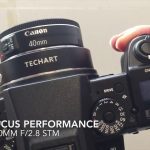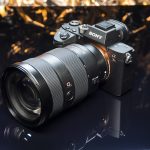We now have all the details of the new Fujifilm GFX 50s, and we have been fortunate to have already used the camera at its launch event. During the one day event we tried the GFX 50s in a few different scenarios, and want to share some early impressions, as well as some of the images that we took during the event.
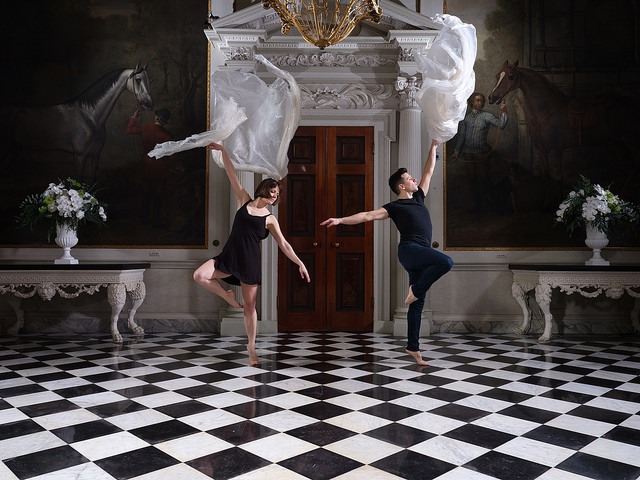
Fujifilm GFX 50S
GF 32-64mm F4 R LM WR Lens, f/13, /1/125th sec, ISO 200
Full Resolution Version
Note: Fujifilm are happy for us to publish these images, but it should be noted that they are taken using a camera that has pre-production firmware. All the full size images on Flickr are JPEGs straight out of the camera; they have not been edited. The camera was in manual exposure mode, so was not responsible for the exposure metering.
First Impressions: The Fujifilm GFX 50S Camera
Lets the start with the camera itself. The 51.4-million-pixel, medium format, sensor measures 43.8x32.9mm, and it is this size that dictates the physical dimensions of the GFX 50s. Housing such a sensor requires a larger body than we are used to from a mirrorless camera. Surprisingly, when you look at the focus/sensor plane marking on the Fujifilm GFX 50s it is set quite far forward. Presumably there is a lot going on in that hump that sits behind the sensor. Besides the rear LCD, it obviously houses some powerful processors, and a huge amount of heat dispersion, to cope with the data the sensor creates.
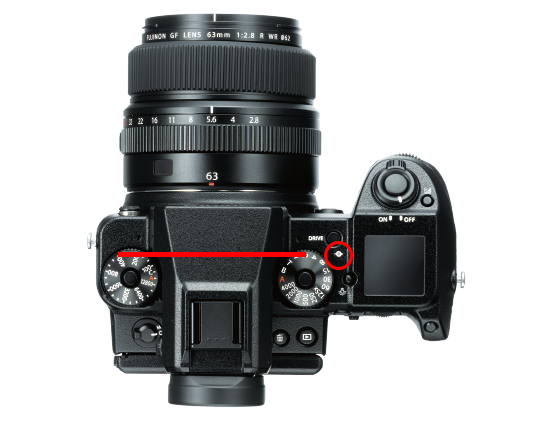
The red circle is the mark denoting the focus/sensor plane - shown by the red line. There is a lot os space behind the sensor within the body of the camera.
Despite the depth of the camera body on the left hand side, the right side and the grip is comparable to a regular DSLR. In fact, if you discount the rear hump it is very similar in dimensions to a Nikon D500. Include the hump and it is about 1cm deeper than the Nikon D500, and virtually the same in terms of the other two dimensions. So what you are getting is a mirrorless medium format that is the size as a pro-level DSLR with an APS-C size sensor.
Besides the size, the GFX 50s has a familiarity about it. The button and dial placement is very similar to the X-T2, with the addition of the control joystick that is also found on the X100F. The Joystick is a great addition that makes it easy to shift the AF point around, however the camera touchscreen makes it even easier.
Speaking of AF it was difficult to fully judge how good the AF was in the limited situations we found ourselves in. It was great using the touchscreen to shift the focus point, and the lenses seemed to snap in to focus quite quickly when making small shifts. However, the sheer size of the 120mm f/4 lens meant that larger shifts in focus, from minimum to maximum, for example, were slower. We will, of course, reserve judgement on this until we test a final version of the camera and lens. You must also consider the type of photography that will be done with this camera. Landscape, portrait and fashion photography wont require large shifts in focus once an initial focus point as been set. So if the 120mm lens is slightly slower to focus over larger distances, it shouldn’t be an issue.
First Impressions: The Fujifilm GFX 50S Image Quality
Fujifilm have built the success of its X-Series cameras on the basis of using its X-Trans sensor technology. However, for the the new GFX 50s they opted to use a standard Bayer pattern sensor. Fujifilm explained that the reason for this was because originally X-Trans was designed to allow and APS-C size sensor to produce as much detail as a comparable resolution full frame sensor. With a 51.4-million-pixel sensor an X-Trans array sensor simply isn’t needed. That said, it will be interesting to see if Fujifilm do change this standpoint in future generations of GFX cameras - a medium format X-Trans sensor could be something to behold.

Fujifilm GFX 50S
GF 120mm F4 R LM OIS WR Lens, f/4 /1/80th sec, ISO 500
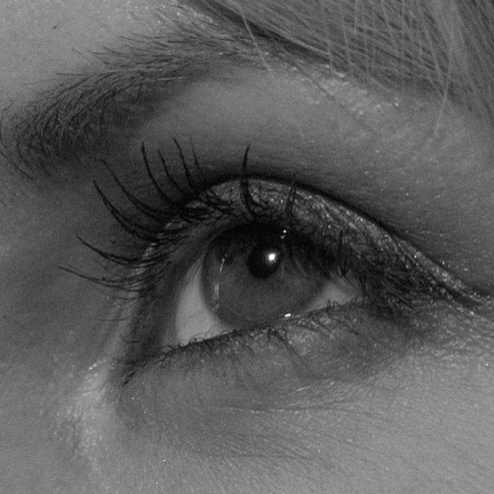
Detail Crop
Full Resolution Version
You can’t argue with Fujifilm’s logic though. The amount of detail that the sensor can resolve is quite staggering - individual eyelashes can be distinguished on mid-length portraits. Even as the ISO sensitivity is increased the GFX 50s can hold its own. Images taken at ISO 2500 show little sign, if any noise, making the the GFX 50s a good candidate for ambient light portraits.
We can’t wait to take the GFX 50s out to shoot some landscapes and see what the dynamic range is like, and, of course, the raw files. In the mean time check out the images below, as well as the full resolution JPEG images that you can download and view at 100%.

Fujifilm GFX 50S
GF 32-64mm F4 R LM WR Lens, f/13, /1/125th sec, ISO 200
Full Resolution Version

Fujifilm GFX 50S
GF 120mm F4 R LM OIS WR Lens, f/4, /1/80th sec, ISO 500
Full Resolution Version

Fujifilm GFX 50S
GF 120mm F4 R LM OIS WR Lens, f/8, /1/80th sec, ISO 2500
Full Resolution Version

